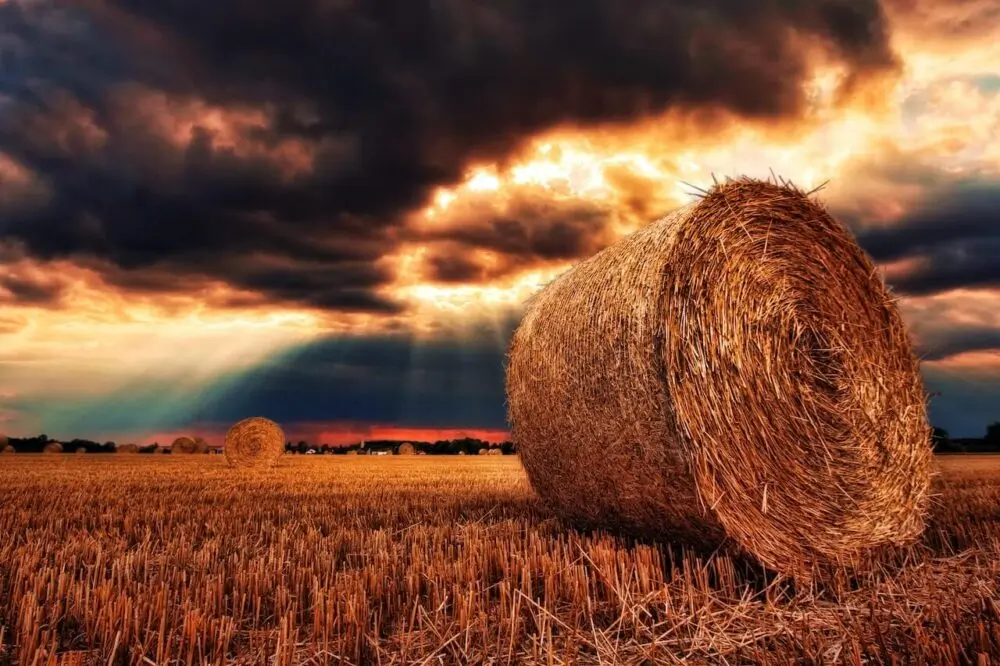SIOUX FALLS, S.D. (Dakota News Now) -After the recent decisions by the South Dakota Public Utilities Commission to deny both the CO2 pipeline applications, some may be asking what’s next for CO2 capture.
Although both Navigator and Summit Carbon Solutions may re-apply for a CO2 pipeline in the state, the process could take time. Our I-team is looking at other alternatives that could remove CO2 to benefit ethanol plants without the use of a CO2 pipeline.
The recent PUC meetings reviewing CO2 pipelines captured the attention of landowners, those in the ethanol industry, and scientist Jeff Bonar, CEO of Cap CO2 Solutions.
“You know, I think the pipelines are starting to be exposed as other than a good financial engineering job,” said Bonar.
He developed a new way to allow ethanol plants to make money from the CO2 produced and help the environment. Bonar believes the answer is Green Methanol, used in the shipping industry.
“There are 40 ports around the world that are going to be putting green methanol refueling facilities. Disney Cruises has announced their next cruise ship will be a green methanol-fueled ship.
The process of converting the CO2 to green methanol can be done on-site at the plant, using electricity coming from an environmentally friendly source. The CO2 is electrically converted, cooled, and exits as non-compressed methanol, less flammable than ethanol.
“You have to supply electricity, more than the ethanol plant is using now. You have to supply the CO2, and you have to supply the railroad car to fill up as you’re making it,” added Bonar.
The green methanol could be delivered via rail to buyers on the Gulf Coast.
“You have an instant, very big market,” said Bonar. “So why are you throwing away the CO2 and burying it, leaving aside all the other problems of the pipelines? Why would you do that when you can add new revenue from the green methanol?”
Bonar believes the government’s 45Q financial incentives are the same as the CO2 pipelines. He’s also proud that the company is locally owned.
“No investors out of the country. And at this point, there’s no investors outside of the Midwest,” said Bonar.
Bonar is in conversations with local ethanol plants interested in signing up upon proving the process with his first client. Construction is underway for that first client in Illinois at Atkins Energy, an ethanol refinery.
Another CO2 capture option is already underway in Europe. The Biden administration injected $1.2 billion to launch two U.S. plants to remove CO2 from the air.
“We’re excited to build a U.S. direct air capture industry,” says Daniel Yawitz with the Department of Energy.
The first two plants in Louisiana and Texas, are part of a network of 21 Direct Air Capture plants to be built, many storing the captured CO2 on-site underground.
“It’s part of the regional direct air capture hubs program,” says Yawitz.
Without utilizing a CO2 pipeline, the first two plants can make a big difference in meeting environmental goals.
“Once they reach capacity at one million tons per year each, it would be the equivalent of taking one-half million cars off the road each year,” said Yawitz.
There are currently 18 Direct Air capture projects globally, but these would be the first two commercial-scale ones in the U.S.
Copyright 2023 KSFY. All rights reserved.

